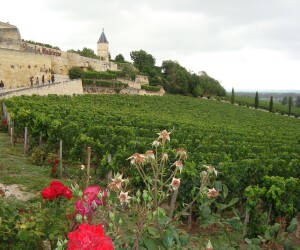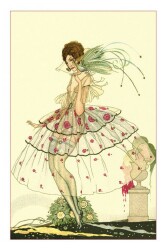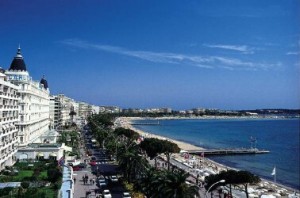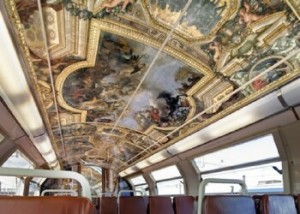Ladies: Have you and your girlfriends ever wanted to get away from it all for a really unique treat? Love to taste wine and eat great food? Enjoy beautiful shopping in well-heeled places? Well, get yourselves organized and join the French Traveler this fall in Bordeaux, France. The Women’s Wine Tour for 7 spectacular days of rest, relaxation, and a whole lot of French culture: French wines, French cuisine, French markets, visits to French castles, vineyards, quaint villages, even a seaside resort. And wine tastings, bien sûr. The perfect girlfriend getaway!
This trip of a lifetime will be educational as well as entertaining. You’ll learn about wine from a certified oenologue, about French cuisine from a local French chef, and about French history from bilingual tour guides as you stroll through this beautifully renovated historical city.
There will be enough free time to revisit your favorite boutiques, explore the area on your own, or simply relax in an outdoor café, à la française!
When the week is up perhaps you’ll consider a day-long extension trip to the charming village of Saint-Emilion, located amongst the vineyards of the same name, classified a world-heritage site, where specialty shops, restaurants, historical ruins and wine cellars extend the pleasure of your stay in this beautiful corner of southwest France.
The tour is limited to 8 women so make sure you and your girlfriends – (or your neighbor/sister/mother/daughter/college roommate/cousin)—sign up soon! Dates: September 23-29th, plus optional extension to Saint-Emilion September 29th-30th. For more information and to register for this fabulous experience, please see our website: http://www.frenchtraveler.com/womens-tours/wine-with-everything-tour/




 In the city of Rouen in Normandy, Joan of Arc was condemned for heresy and burned at the stake by the English occupiers of that city, in 1431. Here you can visit several sites commemorating the heroine: the Pucelle’s Tower where she was imprisoned before her trial, the Boideldieu Bridge where her ashes were scattered into the Seine, and the flower garden at the Place du Vieux-Marché which now marks the place where she died.
In the city of Rouen in Normandy, Joan of Arc was condemned for heresy and burned at the stake by the English occupiers of that city, in 1431. Here you can visit several sites commemorating the heroine: the Pucelle’s Tower where she was imprisoned before her trial, the Boideldieu Bridge where her ashes were scattered into the Seine, and the flower garden at the Place du Vieux-Marché which now marks the place where she died. flowers on May 1st, 1561, as a good luck charm. Ever since, it is traditional for family, friends and neighbors to exchange a small sprig as a goodwill gesture. You may find lily-of-the valley growing naturally in woods and gardens in France, but don’t worry: vendors will be selling bunches of the flower on every street corner.Other May holidays include: May 8th, la Fete de la Victoire which commemorates the end of World War II, the Catholic holidays of Ascension and Pentecost, and finally, Mother’s Day, which always falls on the last Sunday of the month.
flowers on May 1st, 1561, as a good luck charm. Ever since, it is traditional for family, friends and neighbors to exchange a small sprig as a goodwill gesture. You may find lily-of-the valley growing naturally in woods and gardens in France, but don’t worry: vendors will be selling bunches of the flower on every street corner.Other May holidays include: May 8th, la Fete de la Victoire which commemorates the end of World War II, the Catholic holidays of Ascension and Pentecost, and finally, Mother’s Day, which always falls on the last Sunday of the month.



 Actually, it is. The movie was filmed in the real village called Bergues, situated just a few miles south of Dunkirk. Here you can visit most of the places seen in the movie: the bell tower in the town square, the outdoor café where Philippe crashes his bike, the lingerie shop where Philippe runs into famous French actress Line Renaud (who plays Dany Boon’s mother in the movie), and the restaurant at which one of the funniest scenes in the movie takes place.
Actually, it is. The movie was filmed in the real village called Bergues, situated just a few miles south of Dunkirk. Here you can visit most of the places seen in the movie: the bell tower in the town square, the outdoor café where Philippe crashes his bike, the lingerie shop where Philippe runs into famous French actress Line Renaud (who plays Dany Boon’s mother in the movie), and the restaurant at which one of the funniest scenes in the movie takes place.
